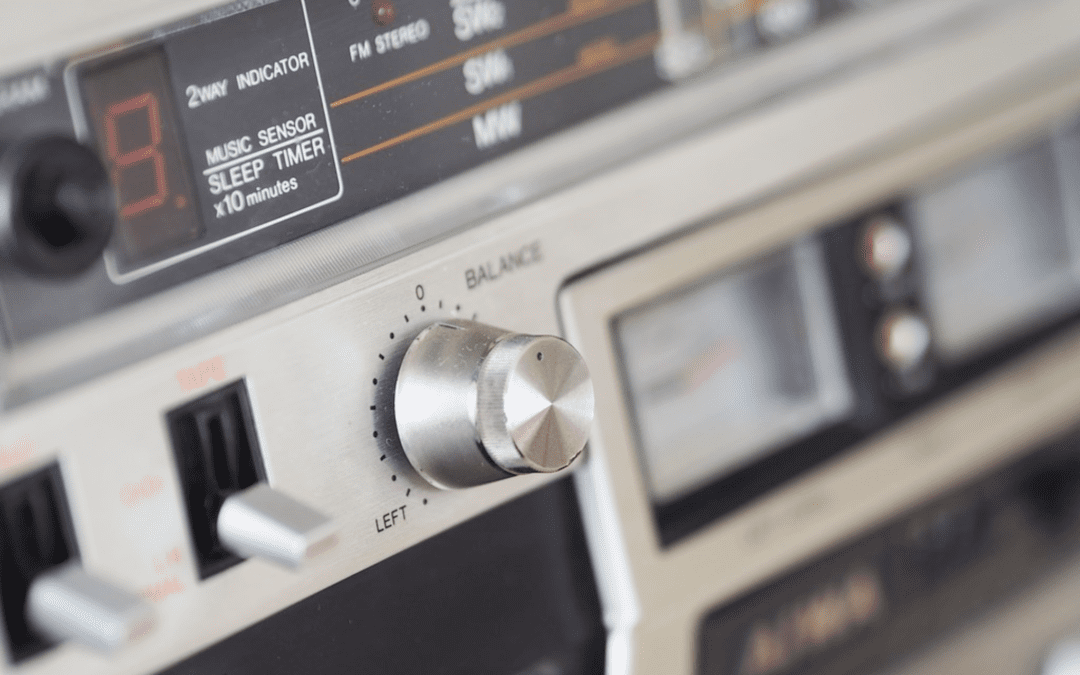EAT New Media on Sound Design
Sound is often a neglected aspect of the filmmaking process, with many novice filmmakers focusing primarily on the visual aspects of their work.
However, sound is just as important as visuals in creating a fully immersive and engaging film experience. Good sound design can make all the difference in whether a film is successful or not.
In this blog post, we’ll take a look at the sound editing process for filmmaking and how you can use sound to enhance your film.
Pre-Production
Before you even start shooting your film, it’s important to think about how you want to use sound. Here are a few things to consider:
- Location scouting: Consider the sounds that will be present on location. Will the location be noisy or quiet? Will the sounds of the location enhance or distract from the scene?
- Dialogue: Make sure to record clear, high-quality dialogue during production. This will make the post-production process much easier.
- Sound effects: Think about the sound effects you will need for your film. Will you need to record any specific sound effects on location, or can you find them in a sound library?
- Music: Choose your music carefully. The right score can enhance the emotion of a scene, but the wrong music can completely ruin it.
Production
During production, it’s important to pay attention to sound. Here are a few things to keep in mind:
- Record clean dialogue: Make sure to use good microphones and record in a quiet location to avoid picking up background noise.
- Record sound effects: If you need specific sound effects that can’t be found in a sound library, make sure to record them on location.
- Record wild sound: In addition to recording dialogue and specific sound effects, it’s also a good idea to record “wild” sound – ambient sounds that can be used to fill in the background of a scene.
Post-Production
The majority of the sound editing process takes place in post-production. Here are the steps involved:
- Dialogue editing: The first step in the sound editing process is dialogue editing. This involves cleaning up the dialogue track, removing any background noise, and making sure that the dialogue is clear and easy to understand.
- Sound effects editing: The next step is to add in sound effects. This can involve finding sound effects in a sound library, or creating them from scratch using foley techniques.
- Music: The music for the film should be added next. It’s important to choose music that enhances the emotion of the scene, and to make sure that the music is mixed at the appropriate level.
- Sound design: The final step in the sound editing process is sound design. This involves creating the overall soundscape for the film – the combination of dialogue, sound effects, and music. This is where you can really get creative and use sound to enhance the mood and atmosphere of the film.
Tips for Success
Here are a few tips to help you succeed in the sound editing process:
- Invest in good equipment: Good microphones and recording equipment are essential for capturing high-quality sound.
- Work with a sound designer: If you don’t have experience in sound design, consider working with a professional sound designer. They can bring a lot of creativity and expertise to the process.
- Practice: The more you practice, the better you’ll get. Experiment with different sound effects and music, and see what works best for your film.
- Pay attention to detail: It’s the little things that can make

